![]()
![]()
![]()
Use LEFT and RIGHT arrow keys to navigate between flashcards;
Use UP and DOWN arrow keys to flip the card;
H to show hint;
A reads text to speech;
22 Cards in this Set
- Front
- Back
- 3rd side (hint)
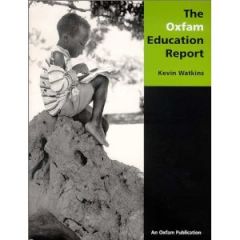
What does Oxfam Education Report (2000) say about how many children go to school?
|
rough estimate 625million children in world
125 million (1/5) do NOT go to school of these: 2/3 are girls, 35% sub-saharan Africa & 45% South Asia |
teaching methods, resources, buildings, etc, varies greatly between countries.
|
|
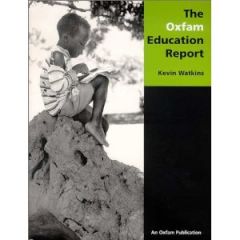
What are the 3 measurable outputs the Oxfam Report uses to compare schooling?
|
1) %of primary aged children enrolled in school - one extreme countries with nearly all enrolled, other extreme on 20-40% enrolled.
2) % who complete primary education - only 10-20% of enrolled in sub-saharan africa complete. 3) Ratio of girls to boys enrolled - report estimates 42million fewer girls enrol. |
|
|

What general description does the Report give of schools in the South?
|
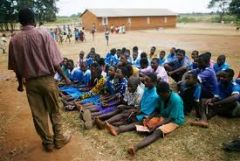
- old run down buildings
- 80+ pupils per class - sit on floor - limited pens/paper - bad water & sanitation - rote-learning - untrained, little trained teachers |
inequality in children's experiences in schools within both North & South
|
|
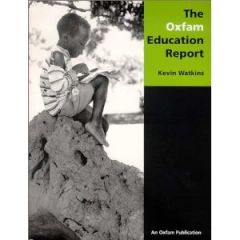
What general description does the Report give for schools in the North?
|

- resourced buildings
- smaller classes - chairs & desks - library, computers, books - national curriculum - access to resources - qualified teachers |
Better resources does not always mean better education
|
|

What does Ronald Dore mean by 'The Diploma Disease'?
|
- testing & qualifications more important than learning & teaching
- not enough desirable jobs pushes qualifications up - education becomes degraded - less fulfilling - less productive for economy |
|
|

Outline the 'Diploma Disease' in Japan.
|

- intense pressure on children from 2 years old
- tuition in eves & weekends - stressful - parents & teachers often dislike system - stifles creativity - pressure from demand on limited spaces in best schools & jobs - often standards drop once in uni as no pressure for future education |
|
|
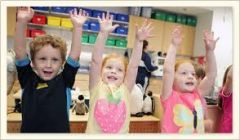
What are the 2 central debates in Early Childhood Education?
|
1) how far should it be related to formal education?
2) who decides the curriculum? |
|
|
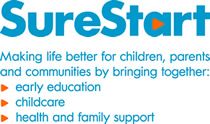
What are the benefits of large scale early education programmes?
|
- reduces need for remedial education
- reduces crime, scool drop-outs, teenage pregnancies - benefits offset 40-60% of the costs |
|
|
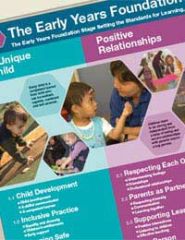
Outline the Foundation Stage Curriculum in England
|
- views children develop & learn in linear stages
- progression to baseline assessment systems - related to national Curriculum - claims to be inclusive - personal, social, emotional -playgroup, family centre, nursery, reception class |
|
|
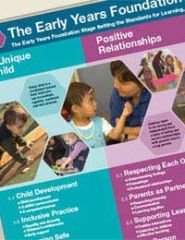
What are some criticisms of the Foundation Stage?
|
- not enough play (evidence shows play = better learners)
- emphasis on achievement & competitiveness damages children from less fortunate backgrounds - creates under-achievers - too formal too soon lowers self-esteem, demotivates & lowers performance |
|
|
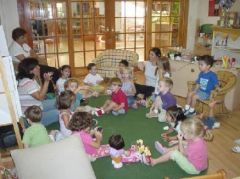
Outline the Reggio Emilia system in Italy.
|
- localised but known worldwide
- values & ethics - socio-cultural principles - children seen as strong & powerful - no measurable outcomes - mostly public funded - 'emergent' curriculum - pluralistic community approach - short & long term projects with photos/film - children have rights not just needs - not bound by government - curriculum not written down |
|
|
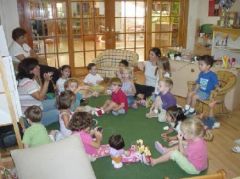
What development theory can Reggio Emilia be linked to?
|
Vygotskyan theory - children learn by socially constructing knowledge with a more able other.
|
|
|
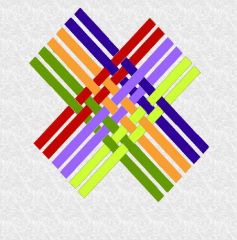
Outline Te Whariki in New Zealand.
|
- bi-cultural Maori & European
- inclusive -empowerment -holistic development - not linear stages but interwoven mat/spiderweb - integrated thematic curriculum - focus on family & community relationships |
|
|
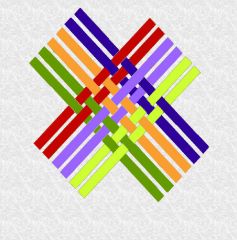
How does Te Whariki view the learning process?
|
Complex, experiential process, from children's interactions with physical & social environment
|
|
|
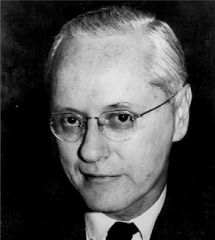
Which terms were introduced by sociologist ROBERT K MERTON (1957) to define the 2 main SOCIAL FUNCTIONS of schooling?
|
Manifest & Latent Functions
|
|
|
|
Define the term MANIFEST FUNCTION of schooling
|
Obvious - what people usually think of as the purpose of education
|
|
|
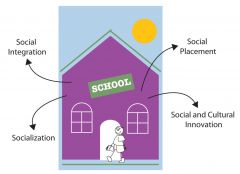
Examples of MANIFEST FUNCTIONS of schooling
|
- gaining knowledge & skills
- fosters religious beliefs & sense of community - identifies & encourages talents |
|
|
|
Define the term LATENT FUNCTION of schooling
|
Hidden - effects are important but not intended & may not be recognised.
Sometimes latent functions act against manifest ones. |
|
|
|
Examples of LATENT FUNCTIONS of schooling
|
- Categorises pupils based on merit (ie. rigorous testing)& directing them to future employment e.g working class boys manufacturing industry (Willis)
- allows adults to work - interpreting school as a childs 'work' (QVORTRUP) |
|
|
|
Who researched working-class boys disaffection with school?
|
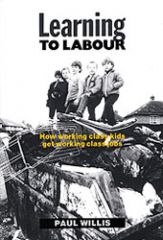
PAUL WILLIS - LEARNING TO LABOUR (1977)
|
|
|
|
What did PAUL WILLIS argue based on his ETHNOGRAPHIC study?
|
- Found a counter culture of resistance to school
- Lads see their future in manual work due to parents expectations & lads counter-culture. - LATENT FUNCTION of schools is to direct them to unskilled work |
|
|
|
Arguments against PAUL WILLIS view
|
- Lack of qualifications mean lads only option is to take unskilled work
|
|

